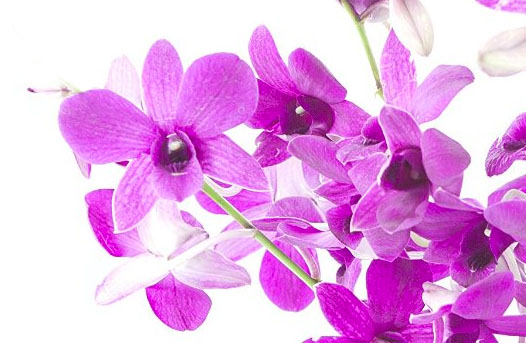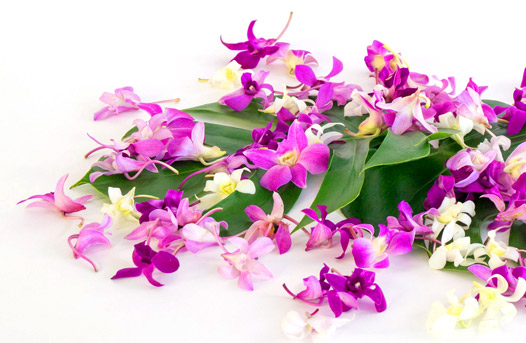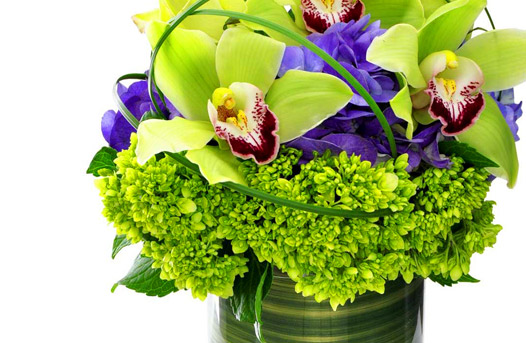Plants
-
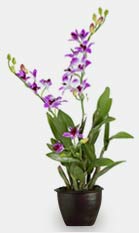
Dendrobium
-
Dendrobium is a huge genus of orchids. It was established by Olof Swartz in 1799 and today contains about 1,200 species. The genus occurs in diverse habitats throughout much of south, east and southeast Asia, including China, Japan, India, the Philippines, Indonesia, Australia, New Guinea, Vietnam, and many of the islands of the Pacific. The name is from the Greek dendron ("tree") and bios ("life"); it means "one who lives on trees", or, essentially, "epiphyte".
-

Oncidium
-
This is an extraordinarily large and diverse New World genus with an equally diverse number of habitats. Oncidiums may originate anywhere from sea level in the tropics to the high elevations of the Andes. This obviously makes cultural generalizations difficult. More specific instructions may be available from the grower. Some genera included are Aspasia, Brassia, warm- growing miltonias (often called the Brazilian type) and many of their hybrids.
-

Cattleya
-
Cattleyas are among the most popular orchids. Their culture is often used as the basis for comparison with other types of orchids. Cattleyas and their related hybrids come in many colors, shapes, forms and sizes. Culture varies only slightly among most of these. This sheet is a general guide to basic cattleya culture. Like many other cultivated orchids, cattleyas are epiphytes, or air plants.
-
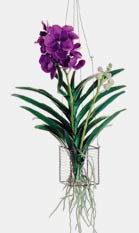
Vanda
-
The Vanda Alliance is made up mostly of warm- and full-sun-growing orchids with colorful flowers. Originating in tropical Asia, they are easily grown in warm climates, where plants are cultivated outside in light shade, such as in a lath house. In climates where winters are cold, they are often summered outside, and grown inside during the winter in a sunny window, or year round in a greenhouse. Smaller growing ascocendas are best outside tropical conditions.
-
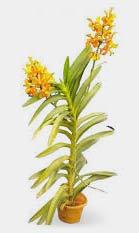
Mokara
-
Mokara orchid is a hybrid of Ascocentrum, Arachnis and Vanda orchids and was first grown in 1969 in Singapore. Mokara orchid is among those orchid types which are very easy to grow and once these orchids are grown with care, they produce beautiful and exotic-looking blooms. If you are also interested in growing Mokara orchids in your home then this post is going to be proved very helpful for you because this post contains the basic tips for growing Mokara orchids.
-

Phalaenopsis
-
These plants are commonly referred to as "Moth Orchids" and are considered among the easiest of the orchid family to care for as well as the most recognizable. The long-lasting flowers bloom perfectly for up to three months, providing you ample return on your investment. The flowering intervals vary with each plant, and you may be treated to a bloom as often as twice a year. Phalaenopsis have become one of the most popular variety of orchids because of their low maintenance and delicate balance of poise and elegance.
-
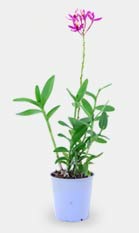
Epidendrum
-
Epidendrum (eh-pee-DEN-drum) orchids are one of the earliest established genera of orchids with well over 1,000 different species. Some species are found growing at sea level, while others thrive in higher elevations up in the mountains. Most Epidendrums have reed-like stems that are fairly similar in appearance to the Dendrobium orchid’s cane stems. These inflorescences are long and produce brightly colored bunches of flowers in shades of orange, red, yellow, lavender, or fuchsia.
-
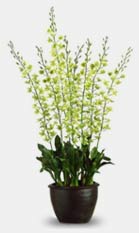
Grammatophyllum
-
Grammatophyllum scriptum is a species of orchid.The flowers are generally up to 4.5 cm wide, green with dark brown markings, held in racemes of up to 150 blooms. G. scriptum is native to south east Asia and is found in low lying coastal areas (sea level to 100 metres). These are easy to grow if given enough water and fertilizer. They have a tendency to drop leaves if grown too cool over the winter, but recover rapidly when growing season starts.

